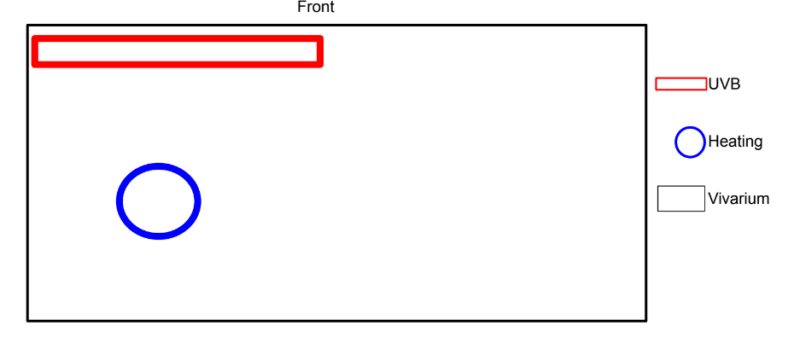Corn Snake
Corn snakes are a species of non-venomous snake native to North America, particularly found in fields and forests. They are popular as pets due to their docile temperament, manageable size (typically 3-5 feet in length), and ease of care. Known for their striking patterns and variety of color morphs, corn snakes get their name from their frequent presence near cornfields, where they help control rodent populations. They are constrictors, subduing their prey, which includes small mammals and birds. With proper care, corn snakes can live up to 15-20 years in captivity.
Snake Husbandry
Daily Chores
● Fresh water daily
● Spot clean daily
● Spray Daily (Full clean once a month)
● Use F10 Veterinary Disinfectant
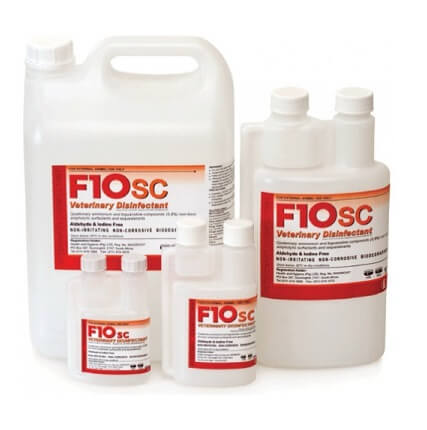
Vets and Insurance
● Exotics Vets are not easy to find, here in Brighton we use Coastways in Kemptown as they have an exotic vet called Celine. It is essential you find an exotic vet.
● There is insurance you can get for your reptile through Exotic Direct.

Handling your Corn Snake
When handling your Corn Snake ensure you support its body and ensure your surroundings are safe. Do not handle your corn snake after feeding. They need to be left alone so they can properly digest their food. Wait a minimum of 2-3 days before handling after feeding.
Handling sessions should be no longer than 45 minutes. Corn snakes are really curious animals and will try to fit into small spaces so never leave the snake unattended.
Always make sure there are no pets like dogs and cats around when handling your Corn Snake.
Equipment such as Snake Hooks and Feeding tongs are needed when owning snakes.
Corn Snake Diets
Corn snakes eat rodents as their primary source of food. They are carnivores that prefer eating small mammals that have a low chance of hurting them while feeding.
These reptiles are often found near places where mice have made nests, like homes or farms.
Why can I not handle my snake after feeding?
You should never handle your snake just after they’ve eaten, as they can regurgitate their food. As you can imagine, this is even more unpleasant for your snake than it is for you who have to clean up! When your snake regurgitates their food, its esophagus will be irritated by the stomach acid that they bring up with the food. Therefore, if they regurgitate their food, you’ll need to wait for two weeks before feeding again.
How to Feed a Snake
Step 1 – Defrost the prey in hot tap water, this can be in a bucket or mug etc.
Step 2 – Leave the prey to fully defrost (roughly 30 minutes). The size of the prey will affect how long you need to defrost it for.
Step 3 – Check that they prey is soft and completely thawed out.
Step 4 – Discard of the old water, reheat the prey with fresh warm water and then dry off the prey. (This is just so you do not scare the snake with wet food.
Step 5 – Offer the prey to the snake, using feeding tongs and always offer the head to the snake.
If the snake does not take after 20 minutes, leave it in the tank on the cold side. We call this drop feeding.
12 hours later if he hasn’t taken the prey, discard of the prey and try again in a week.
Young corn snakes – Feed every 7 days
Juvenile corn snakes – Feed every 7-10 days
Adult corn snakes – Feed every 7-14 days
Supplementing your Snake’s Diet
The use of high-quality reptile supplements in the correct amounts at the correct frequencies will help to ensure optimum bone health and skin health for your reptile, and help to avoid a plethora of nutrition-related illnesses such as metabolic bone disease.
Defrosted whole animal items can be offered with EarthPro-A at every feed. CaMg at the 4th within a cycle. For problem shedders, ShedSupport can be used as per the instructions on the packet. As snakes feed in longer periods the dose is built up per feed and over time.
Please use as per the instructions on the packet.
Check out the feeding schedule using the link below https://www.arcadiareptile.com/earthpro/feeding-programme/herbivores/
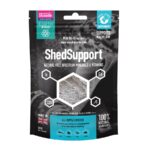
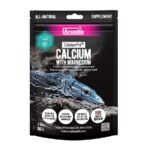
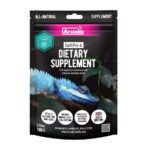
Minimum rehoming Requirements for a Corn Snake
You can source all enclosures, equipment, electrics and decor from us as we run a shop.
Young Corns only
- 4ft x 18inches x 18inches Vivarium
- Arcadia Reptile ProT5 Shadedweller AborealKit £40
- 50W Arcadia Reptile Deep Heat Projector £21
- Dimming thermostat £55
- Arcadia Reptile Ceramic bulb holder and plug£15
- Habistat Heat Cage £15
- Substrate and decor is up to you. We advice a Sand X Soil mix as substrate and a minimum of 2 hides and a water dish.
Young Corns only
- 3ft x 2ft x 2ft Vivarium
- Arcadia Reptile ProT5 Shadedweller Kit £40
- 50W Arcadia Reptile Deep Heat Projector £21
- Dimming thermostat £55
- Arcadia Reptile Ceramic bulb holder and plug £15
- Habistat Heat Cage £15
- Substrate and decor is up to you. We advice a Sand X Soil mix as substrate and a minimum of 2 hides and a water dish.
- 4ft x 2ft x 2ft Vivarium
- Arcadia Reptile ProT5 Shadedweller-MaxvKit £40
- 50W Arcadia Reptile Deep Heat Projector £21
- Dimming thermostat £55
- Arcadia Reptile Ceramic bulb holder and plug £15
- Habistat Heat Cage £15
- Substrate and decor is up to you. We advice a Sand X Soil mix as substrate and a minimum of 2 hides and a water dish.
If you are getting a vivarium from us, we will set it up for you free of charge. If not, when setting up your electrics, ensure both the UVB and heating are on the same side. Fit your UVB on the top front of the viv, behind the runner and heating should centered on the warm side.
